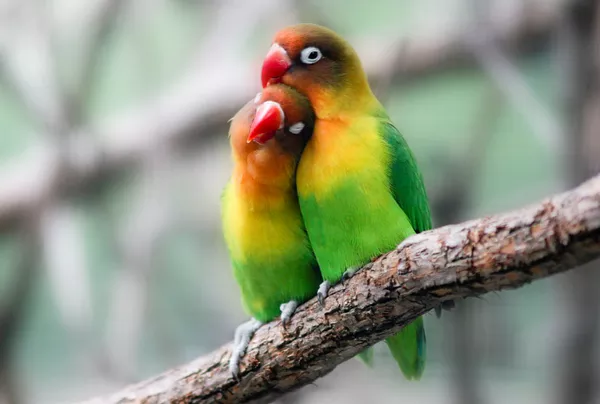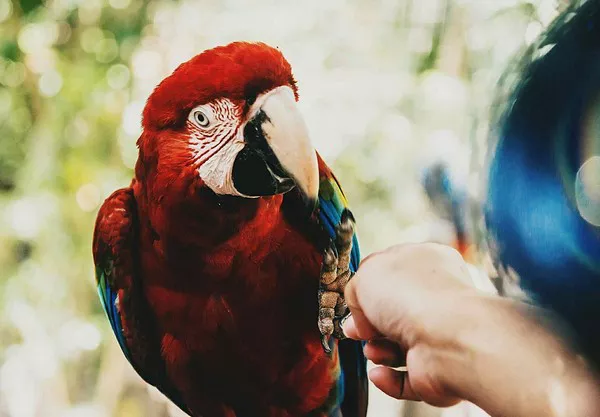Tortoiseshell cats, often called “torties” by cat lovers, are known for their beautiful, multi-colored coats, which blend shades of black, orange, and gold. Their striking appearance, combined with their playful, independent personalities, has made them popular pets. However, as with any pet, potential owners may wonder whether tortoiseshell cats are expensive to acquire and care for. In this article, we’ll take a closer look at the factors that influence the cost of tortoiseshell cats, including breed, availability, and ongoing care needs, to provide a clear answer to the question, “Are tortoiseshell cats expensive?”
1. Understanding Tortoiseshell Cats
Tortoiseshell cats are not a specific breed, but rather a coat pattern. The term “tortoiseshell” refers to the combination of black and orange fur, which may include patches of gold, brown, and cream. This pattern is most commonly seen in domestic cats, though it can also appear in certain cat breeds, such as the Maine Coon, British Shorthair, and American Shorthair.
While tortoiseshell cats are found in a variety of breeds, the coat pattern itself is often associated with female cats, as the genes responsible for the tortoiseshell coat are located on the X chromosome. Female cats have two X chromosomes, making them more likely to exhibit the tortoiseshell coat pattern. Male tortoiseshell cats are much rarer and are usually sterile, as they often have an extra X chromosome, resulting in a genetic condition known as Klinefelter syndrome.
The tortoiseshell pattern can vary greatly in appearance, with some cats displaying a more distinct color separation, while others may have a more blended coat. The personality of tortoiseshell cats is also well-regarded. They are often described as independent, spirited, and sometimes even feisty, making them fascinating companions.
2. Factors Influencing the Cost of Tortoiseshell Cats
Several factors can affect the cost of tortoiseshell cats. These factors include the breed, availability, age, and even the cat’s health status. Understanding these elements can help potential owners gauge the expected cost of acquiring a tortoiseshell cat.
The Breed of the Tortoiseshell Cat
Tortoiseshell cats can appear in various breeds, and the breed itself often plays a significant role in determining the price. Some breeds are rarer or more in-demand than others, which can drive up their cost.
Maine Coon Tortoiseshell Cats: The Maine Coon is one of the largest domestic cat breeds and is highly sought after due to its friendly nature, intelligence, and striking appearance. Maine Coon cats with tortoiseshell coats are particularly popular, and their price can range from $800 to $2,000 or more, depending on factors such as lineage, age, and breeder reputation.
British Shorthair Tortoiseshell Cats: British Shorthairs are known for their round faces, thick coats, and calm demeanor. Tortoiseshell British Shorthairs are highly prized, and their price can range from $500 to $1,500 or higher. The cost of British Shorthairs can vary depending on whether the cat is purebred, the quality of the lineage, and the breeder’s reputation.
American Shorthair Tortoiseshell Cats: The American Shorthair is a popular breed known for its easygoing personality and good health. Tortoiseshell American Shorthairs are often priced between $600 and $1,200. While not as expensive as Maine Coons, the cost of an American Shorthair can still be influenced by factors such as pedigree and breeder practices.
Aside from these breeds, many other domestic cats can carry the tortoiseshell coat pattern, though they may not come from specific recognized breeds. These mixed-breed tortoiseshell cats are typically less expensive than purebred tortoiseshells, often ranging from $50 to $200, depending on the location and adoption agency.
Availability of Tortoiseshell Cats
The availability of tortoiseshell cats can also affect their price. Tortoiseshell cats are relatively common in the general cat population, but certain breeds and color variations may be harder to find. For instance, a specific breed such as the Maine Coon with a tortoiseshell coat might be more expensive due to its rarity, while a domestic shorthair with a tortoiseshell pattern might be less expensive because they are more widely available for adoption.
In some cases, the cost of a tortoiseshell cat may also be influenced by the region where you are located. In certain areas, the demand for specific breeds or colors may be higher, which can drive up the price. Conversely, in regions with an abundance of stray and abandoned cats, you may be able to adopt a tortoiseshell cat for a lower fee through a shelter or rescue organization.
The Age of the Cat
The age of a tortoiseshell cat can also impact its cost. Generally, younger cats, especially kittens, are more expensive than older cats due to their perceived desirability. Kittens are often in high demand, and breeders or pet stores may charge premium prices for them. For example, a tortoiseshell kitten from a reputable breeder may cost anywhere from $800 to $2,000 or more, depending on the breed and other factors.
Older cats, on the other hand, may be more affordable. Many shelters and rescue organizations offer tortoiseshell cats for adoption, with fees typically ranging from $50 to $150. These cats may be older, but they can still make wonderful pets. Adopting an older tortoiseshell cat can also help reduce the strain on animal shelters, providing a loving home to a cat in need.
Health Status and Genetic Testing
A tortoiseshell cat’s health status can also play a role in its cost. Cats that are in excellent health, have been vaccinated, and have received proper medical care are generally more expensive. In contrast, cats with health issues or those requiring medical treatment may be offered at a lower price, though it is important to consider the potential costs of ongoing care if you choose to adopt a cat with health problems.
Purebred cats, especially those from reputable breeders, may undergo genetic testing to ensure that they are free from certain inherited diseases. These tests can add to the cost of the cat but may provide peace of mind for potential owners who want to avoid dealing with genetic disorders down the line.
3. Ongoing Costs of Owning a Tortoiseshell Cat
In addition to the initial purchase price of a tortoiseshell cat, prospective owners should also consider the ongoing costs of owning a cat. These costs include food, medical care, grooming, and other expenses associated with keeping a cat healthy and happy.
Food
The cost of feeding a tortoiseshell cat will vary based on factors such as the cat’s size, age, and dietary requirements. On average, a cat’s food can cost anywhere from $20 to $50 per month, depending on the quality of food you choose. High-quality, premium food may cost more, but it can contribute to your cat’s overall health and longevity.
If you choose to feed your tortoiseshell cat wet food or a combination of wet and dry food, the cost may increase. Wet food tends to be more expensive than dry food, and the price will vary based on the brand and type of food. It’s important to feed your cat a balanced diet to ensure it receives the necessary nutrients for a long and healthy life.
Veterinary Care
Routine veterinary care is another important cost to consider when owning a tortoiseshell cat. Regular check-ups, vaccinations, and flea or parasite treatments are essential for maintaining your cat’s health. The cost of veterinary care can range from $100 to $300 per year for routine visits, with additional costs for vaccinations, flea prevention, or special treatments if necessary.
If your tortoiseshell cat develops any health problems or requires emergency medical care, the costs can quickly rise. For example, dental work, surgery, or treatments for chronic conditions such as kidney disease or arthritis can add hundreds or even thousands of dollars to your veterinary bills. It is important to budget for these expenses and consider investing in pet insurance to help cover unexpected medical costs.
Grooming
Tortoiseshell cats, especially those with long fur, may require regular grooming to keep their coats clean and free of mats. While short-haired tortoiseshell cats require less maintenance, long-haired tortoiseshell cats, such as the Maine Coon, may need more frequent brushing to avoid tangles.
If you choose to groom your cat yourself, you will need to purchase grooming tools such as brushes, nail clippers, and combs. These tools are relatively inexpensive, but if you prefer to have your cat professionally groomed, the cost can range from $30 to $100 per grooming session, depending on the breed and the services provided.
Litter and Accessories
Cat owners also need to account for the cost of cat litter, toys, scratching posts, and other accessories. Litter typically costs around $10 to $25 per month, depending on the brand and type. Scratching posts and toys are a one-time cost that can range from $10 to $100 or more, depending on the quality and type of accessories you choose.
Conclusion
In conclusion, the cost of owning a tortoiseshell cat can vary depending on several factors, including the breed, availability, age, and health of the cat. While purebred tortoiseshell cats from reputable breeders can be expensive, adoption fees for mixed-breed tortoiseshell cats are typically much lower. Ongoing costs, such as food, veterinary care, and grooming, should also be considered when budgeting for a tortoiseshell cat.
Tortoiseshell cats can make wonderful, loving companions, and their beautiful coats and unique personalities often make them highly desirable. While they may not always be the cheapest option, the joy and companionship they provide are priceless. If you’re considering bringing a tortoiseshell cat into your home, be sure to budget for both the initial cost and ongoing care to ensure a long and happy life for your new feline friend.
Related Topics:






















